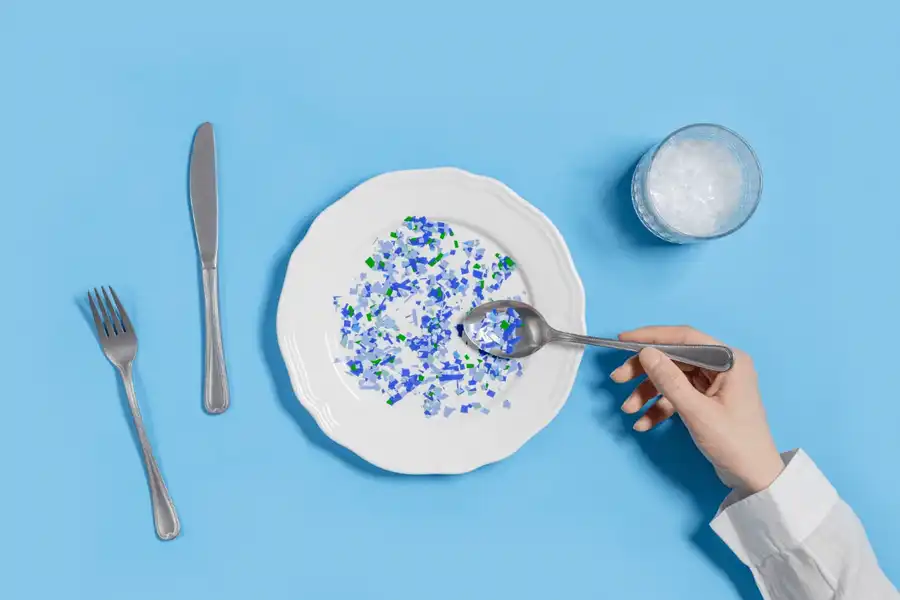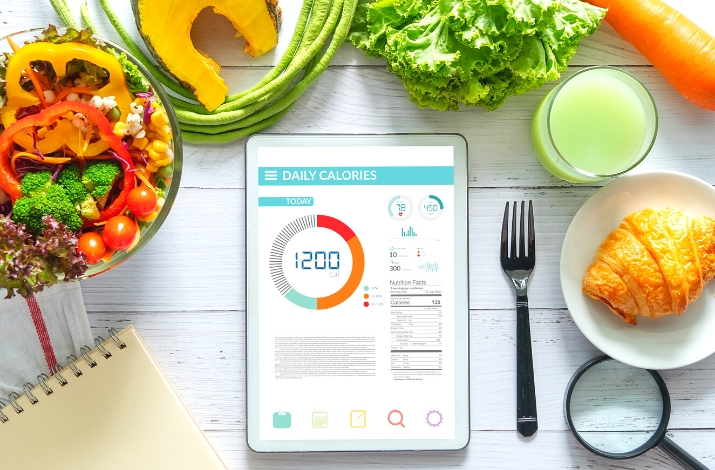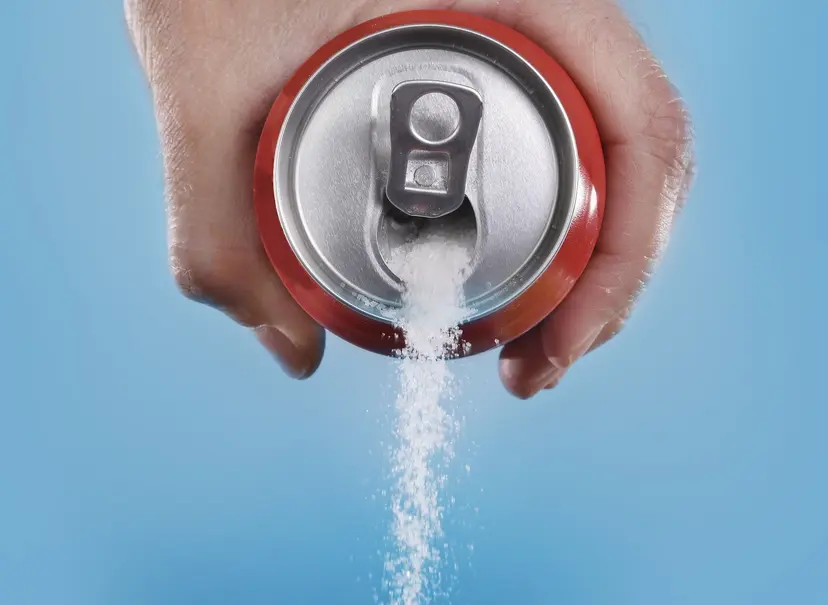And not just once, but every week.
Microplastics have made their way into our food, our water, and the air we breathe. Now, they are showing up in our blood, brain, placenta, and even our arteries. But beyond the environmental concern lies a deeper story. What do microplastics mean for your metabolic health?
What Are Microplastics?
Plastics break down over time into smaller pieces, known as microplastics and nanoplastics. Microplastics are less than 5 millimeters in size. Nanoplastics are smaller than 1 micrometer. These particles are small enough to bypass the gut wall, enter the bloodstream, and embed themselves in organs.
They come from everything: water bottles, food packaging, detergent pods, synthetic clothes, and even skincare. The average person consumes between 39,000 and 52,000 particles per year, according to estimates.
Why Microplastics Matter for Metabolic Health
Emerging research suggests that microplastics do more than sit passively in the body. In animal and lab studies, they:
-
Damage cell membranes
-
Disrupt hormones like estrogen
-
Alter gut bacteria
-
Raise oxidative stress
-
Trigger low-grade inflammation
Each of these effects is linked to insulin resistance, fatigue, and chronic metabolic disorders. Microplastics may be acting like a background process that drains your energy and raises your health risk over time.
Aha Moment: We Optimized for Convenience, Not Resilience
Plastic is built into the modern lifestyle. From the food we microwave to the detergent we use, we are surrounded by tiny plastic fragments.
The danger is not one big exposure. It’s the repeated, invisible exposures that add up. Like tech debt in a product, these hidden fragments slow your system down, one layer at a time.
What You Can Do
You cannot eliminate all microplastic exposure. But you can reduce the load by making high-leverage changes.
-
Use glass or ceramic when heating food
-
Filter tap water with a 1-micron or smaller membrane filter
-
Store water in steel or glass bottles
-
Avoid plastic cutting boards and switch to wood or bamboo
-
Eat fewer packaged, processed foods
-
Avoid plastic detergent pods
Audit your habits. Change what you can, and start with the kitchen.
Final Thought
The systems we design shape our outcomes. That includes how we live.
Microplastics are a modern artifact, and their effects are only starting to emerge. This is not about fear. It is about awareness and agency. Build your health system like you would build a resilient product, with clarity and intention.






